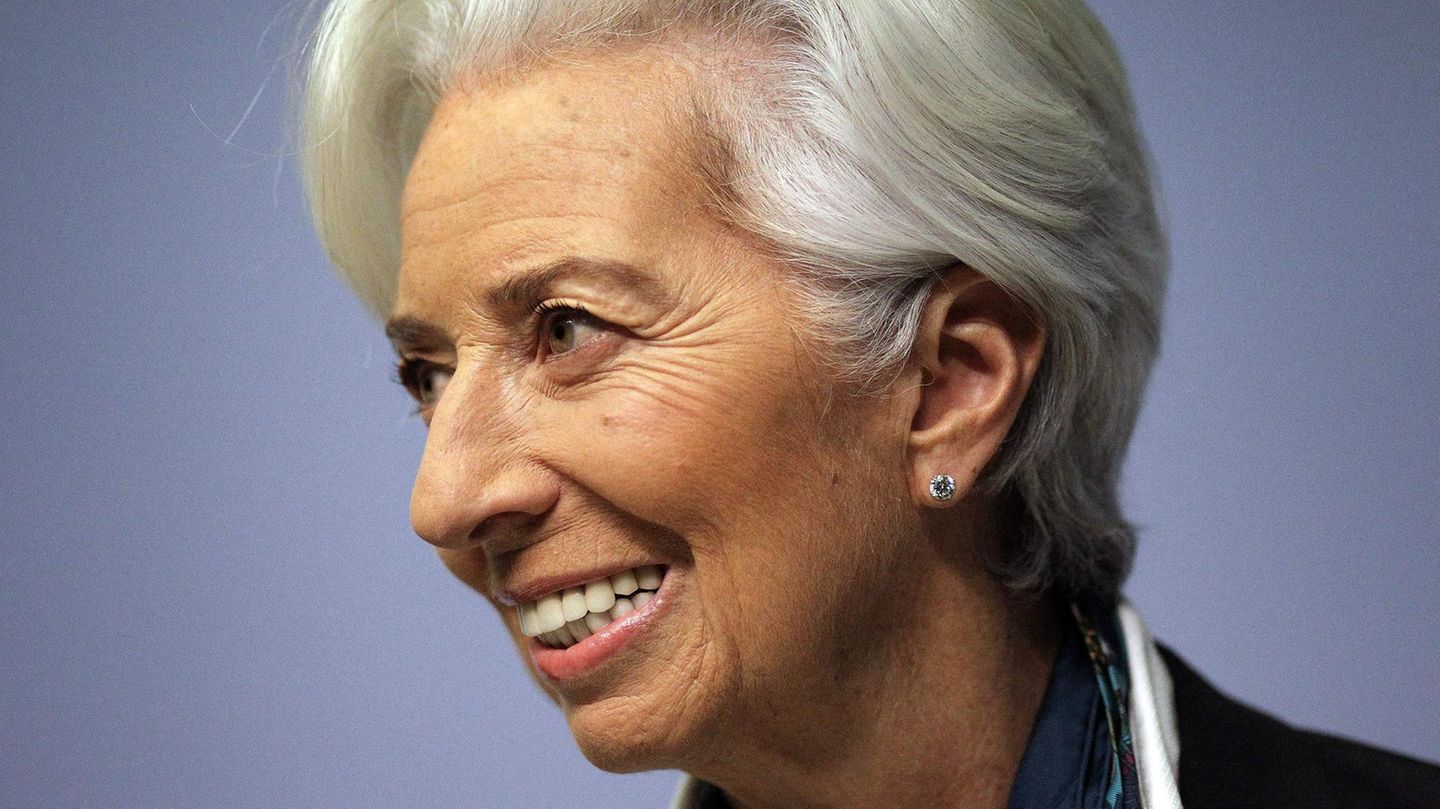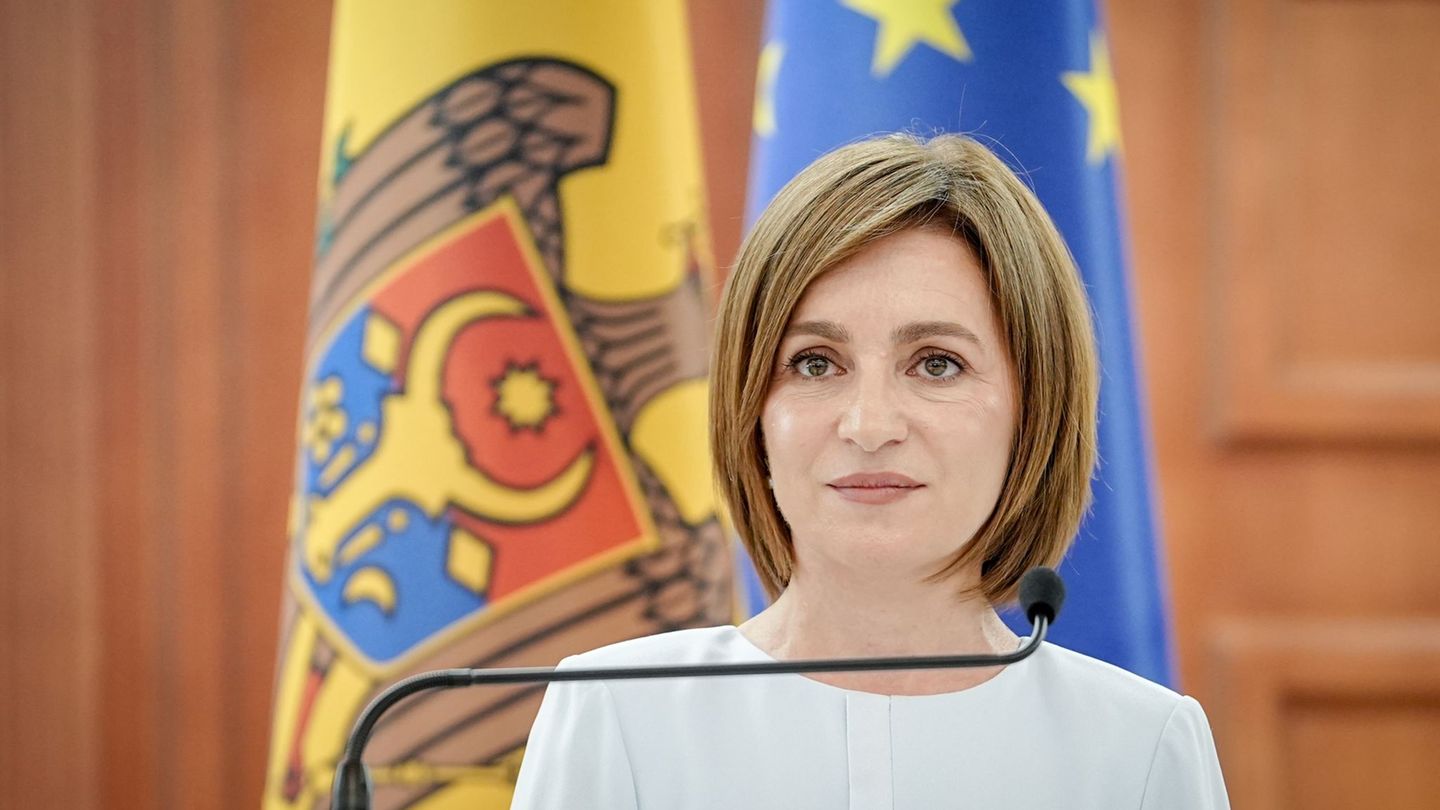So far, the European Central Bank has had a clear goal of the extent to which prices are allowed to rise. Now the institute is not only changing its strategy here. Savers are likely to view the change of course with skepticism.
The European Central Bank has been considering how to deal with inflation in the future. Now, under the leadership of Christine Lagarde, the monetary authorities have decided to expand their room for maneuver in terms of inflation. In the future, the Frankfurt-based ECB is aiming for an annual inflation rate of two percent for the euro area, as it announced on Thursday. That is a little higher than the previously estimated “under, but close to two percent”. At the same time, however, the institution, in its efforts to ensure price stability in the currency area of the 19 countries in the medium term, will in future accept inflation rates that are at least temporarily “moderately above the target value”.
With such a “symmetrical” inflation target, the central bank is no longer forced to react immediately if the inflation rates temporarily deviate upwards or downwards from the percentage target.
“The Governing Council assumes that price stability can best be achieved with an inflation target of two percent in the medium term,” the statement said. “That could also mean that there could be a transition period with inflation rates slightly above the target.” The change in course at the ECB is the result of an internal review of its own monetary policy that began in January 2020.
The European Central Bank can remain calm when inflation exceeds two percent
“With the new strategy, the ECB has recognized reality and has developed as much flexibility as possible,” commented Jörg Zeuner, Union Investment’s chief economist. “By agreeing on a symmetrical inflation target, the ECB can communicate its goal more easily. At the same time, it retains the option to remain calm if the rate of inflation should be above the target of two percent – or even below it.”
The changed inflation target is the core result of the internal review of the monetary policy strategy initiated by ECB President Lagarde, who has been in office since November 1, 2019. This also includes consultations with consumer associations and social partners as well as citizen voices.
Christine Lagarde speaks of a “strong foundation”
“The new strategy is a strong foundation that will guide us in the implementation of monetary policy in the coming years,” said Lagarde after 18 months of strategy debate when presenting the results in Frankfurt. According to the central bank, the new strategy will be applied at the next regular meeting of the Governing Council on July 22nd.
Lagarde himself also wrote climate protection on the flags in the process. The Governing Council has now decided on “a comprehensive action plan with an ambitious roadmap for further incorporating climate protection considerations into its monetary policy framework,” as the central bank announced. When buying corporate bonds, the ECB has already started to consider “relevant risks of climate change” in its assessment procedures. Whether central banks support environmental policy goals with their monetary policy and should, for example, prefer “green” securities to others, is a matter of dispute among central bankers and economists.
The main goal of the central bank is and remains a balanced price level – in the jargon of the monetary authorities: price stability. “We only have a needle in the compass. We have to guarantee price stability,” the former ECB President Jean-Claude Trichet emphasized again and again.
If inflation is too high, consumers lose purchasing power and the currency has less support. On the other hand, if prices stagnate or fall across the board, this can tempt consumers and businesses to postpone investments. Because it could soon be even cheaper. This waiting can slow down the economy and be very damaging to the economy.
For this reason, Europe’s monetary authorities believe that price stability is most likely guaranteed when prices in the euro area rise moderately. For this reason, an inflation target that is far from zero was chosen. When the ECB was founded in June 1998, the euro central banks defined price stability at an annual rate of inflation of “less than two percent”. In 2003, the Governing Council specified that inflation would be aimed at “below, but close to, two percent” in the medium term.
The US Federal Reserve is following a similar course
So now two percent. The ECB thus joins the choir of the world’s leading central banks. The US Federal Reserve had also signaled that it would tolerate inflation rates temporarily above these targets.
The Governing Council also confirmed that interest rates will remain the central bank’s primary monetary policy tool. However, other monetary policy measures, such as the purchase of bonds and long-term refinancing instruments, remained “an integral part of the ECB’s toolbox”.
In the euro area, the rate of inflation has often been well below the two percent mark since 2013. And this despite the fact that the ECB has been pumping huge sums of cheap money into the markets for years and to this day and keeping interest rates at a record low – both of which are tried and tested means in economic theory to increase inflation. Nevertheless, inflation in the euro area continued to lag for a long time.
Critics have long accused the ECB of having maneuvered itself into a dead end with its rigid inflation target and called for more flexibility. For savers, however, this also has a downside: the more leeway the ECB gives itself, the longer the central bank could hold on to zero and negative interest rates.
The new goal paves the way for “higher inflation rates,” said ZEW researcher Friedrich Heinemann. “Because inflation below two percent is now just as bad as inflation above two percent, it will be even easier for the Governing Council to justify continuation of extremely loose monetary policy and bond purchases in the coming years.”
Savers suffer from negative interest rates
Savers have long felt the ECB’s policy through zero or negative interest rates. More and more banks in Germany are now demanding such penalty interest from their customers. According to an evaluation by the comparison portal Verivox, 367 banks and savings banks in Germany are currently collecting negative interest from their private customers. That is twice as many as six months ago. Others have tightened their regulations, for example by reducing tax exemptions. Banks and savings banks justify custody fees with the low interest rate policy of the ECB. The financial institutions themselves have to pay deposit interest.
The monetary authorities meet their critics when it comes to the question of whether property prices should be included in the calculation of the inflation rate. In Germany in particular, the idea is widespread that the official inflation rate for the euro area is distorted downwards simply by the way it is measured. After all, the ECB is now recommending that the prices for owner-occupied residential property be included “step by step” in the future.
At the same time, the monetary authorities are asking for patience when it comes to house prices: it will “take several years” before these data are included in the harmonized HICP consumer price index, which the ECB uses for its monetary policy. The monetary policy strategy is to be put to the test for the next time in 2025.
Jane Stock is a technology author, who has written for 24 Hours World. She writes about the latest in technology news and trends, and is always on the lookout for new and innovative ways to improve his audience’s experience.




